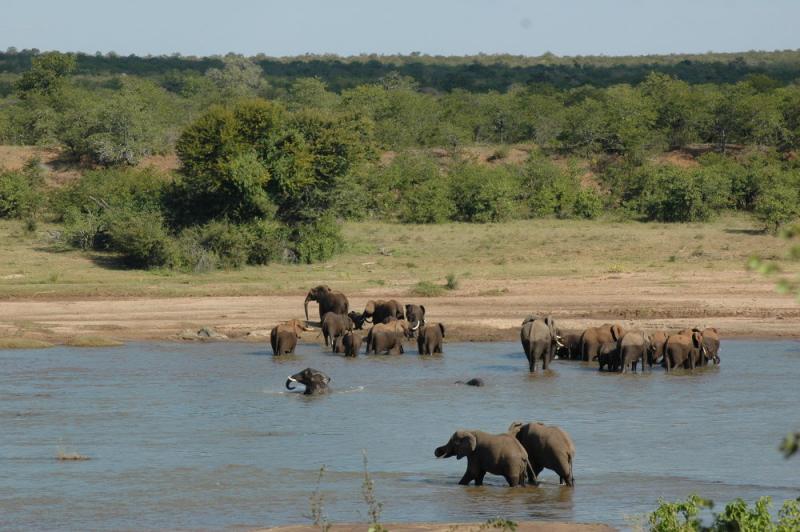Kruger National Park (KNP) is a fenced National Park located in the north-eastern part of South Africa. KNP is one of Great Limpopo Transfontier Park, including Limpopo National Park in Mozambique and Gonarezhou in Zimbabwe. KNP is located in the dry savanna biome, and was established in 1898 to protect wildlife. Savanna means is characterized by the co-dominance of grasses and trees. It is nearly 2 million hactares with impressive number of species: 336 trees, 49 fish, 34 amphibians, 114 reptiles, 507 birds and 147 mammals. It is a habitat of many species including the big 5 i.e. elephant, lion, buffalo, rhinoceros and leopard.
The major drivers of vegetation distribution are abiotic components such as geology, topography and soils. Two main geological types exist in KNP which influence the density of trees and high grass biomass. Basalt geological type is characterised by high fertility soils dominated by grasses with Acacia trees. On the other hand, granite geological types are characterised by low fertile soils dominated by high tree cover, especially the Combretum species. The abiotic and climatic factors make a dry savanna a complex ecosystem. Two seasons exist in this area, wet and dry season which in combinations with grass quality and quantity as well as tree greening and leaf off influence the feeding patterns and movements of animals. Several studies has been conducted in this National Park ranging from mapping grazing and browse resources to understanding the feeding patterns and population dynamics of the animals.
Main threats to biodiversity in this national park include:
•overabundance of certain wildlife populations
•invasive alien plant and animal species
•bush encroachment
•pollutants
•human development
•excessive resource exploitation
•poaching (especially Rhino)
•climate change or other factors.
Main ecosystem services can be packaged as follows:
•grass quality (leaf nitrogen) as nutrients for animals
•grass biomass, amount of fibre for grazers
•tree cover (including bush encroaching species) for browsers and for fuel-wood for the rural areas around the park
•biodioversity
•ecotourism.
